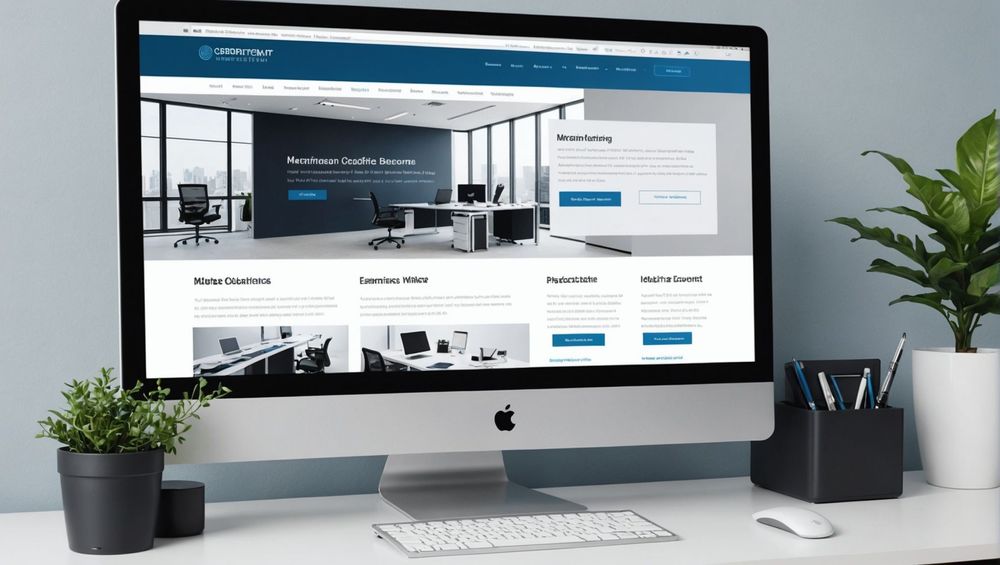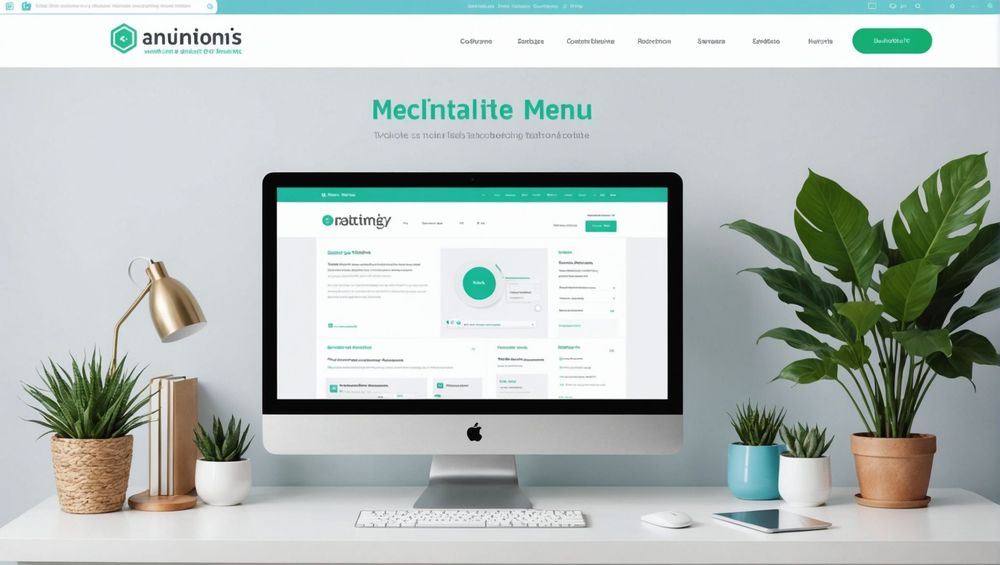Enhancing your website’s user experience (UX) is essential for retaining visitors and improving conversion rates. A well-optimized, user-friendly website not only engages users more effectively but also boosts your SEO rankings. Here are some actionable tips that can drastically improve your website’s user experience.
1. Optimize Your Website’s Loading Speed

One of the most critical factors affecting user experience is your website’s loading speed. Slow loading times can frustrate visitors, leading them to leave your site prematurely. Research shows that a one-second delay in page load time can result in a 7% reduction in conversions.
- Use a reliable web hosting service
- Optimize images and multimedia files
- Minimize HTTP requests
- Enable browser caching
By implementing these techniques, you can significantly reduce your website’s loading time, thereby improving user satisfaction and engagement.
2. Improve Mobile Responsiveness

With the increasing use of smartphones for browsing, ensuring your website is mobile-friendly has never been more critical. A mobile-responsive website adapts its layout and functionality based on the device being used, offering a seamless experience across all platforms.
- Use responsive web design techniques
- Test your website on multiple devices and screen sizes
- Simplify navigation for smaller screens
- Optimize touch controls and interaction elements
By making your website mobile-responsive, you can reach a broader audience and improve overall user satisfaction.
3. Simplify Navigation

Effective navigation is essential for a good user experience. If visitors can’t find what they’re looking for quickly, they are likely to leave. Simplifying your website’s navigation can make it easier for users to browse and find relevant information.
- Use a clean and straightforward menu structure
- Include a search bar for quick access
- Avoid using too many sub-menus
- Ensure that important pages are easily accessible
By streamlining your navigation, you create a more intuitive and user-friendly site that keeps visitors engaged longer.
4. Enhance Visual Design
A visually appealing website can significantly improve user experience. Good design not only makes your site attractive but also enhances readability and accessibility. Pay attention to the following aspects:
- Use a consistent color scheme that reflects your brand
- Employ readable fonts and appropriate text sizes
- Ensure sufficient white space to avoid clutter
- Use high-quality images and graphics
Focusing on these design elements will make your website more engaging and easier to use.
5. Provide Clear Calls to Action (CTAs)
Clear and compelling Calls to Action (CTAs) direct users toward the actions you want them to take, such as making a purchase, signing up for a newsletter, or downloading a resource. Effective CTAs can drastically improve user engagement and conversion rates.
- Use action-oriented language
- Make CTAs visually distinct
- Place CTAs in logical locations
- Test different CTAs to see what works best
By implementing clear and strategic CTAs, you guide your visitors through the intended journey on your site.
Conclusion
Improving your website’s user experience is a multifaceted endeavor that requires attention to detail and a user-centric approach. By optimizing loading speed, improving mobile responsiveness, simplifying navigation, enhancing visual design, and providing clear CTAs, you can create a website that not only attracts but retains visitors. In turn, these improvements can lead to higher engagement, better conversion rates, and overall business growth.
FAQ
What is user experience (UX) in web design?
UX in web design refers to the overall experience a user has when interacting with a website. It encompasses various factors such as usability, design, navigation, and content that contribute to how easily and pleasantly users can find information and achieve their goals on the site.
How does website loading speed affect SEO?
Website loading speed is a critical factor for SEO as search engines prioritize fast-loading sites in their rankings. A slow website can lead to higher bounce rates, lower dwell time, and reduced user satisfaction, all of which can negatively impact your search engine rankings.
Why is mobile responsiveness important?
Mobile responsiveness ensures that your website functions well on a variety of devices, including smartphones and tablets. With the increasing prevalence of mobile internet usage, a mobile-responsive website is essential for reaching a broader audience and providing a satisfactory user experience across all platforms.
What makes a good Call to Action (CTA)?
A good CTA is clear, concise, and compelling. It uses action-oriented language and stands out visually on the page. Effective CTAs guide users toward the next step in their journey, whether it’s making a purchase, signing up for a newsletter, or downloading a resource.
How can I test my website’s user experience?
To test your website’s user experience, you can use various tools and methods, such as user testing sessions, surveys, heatmaps, and analytics. These tools can provide valuable insights into how users interact with your site and identify areas for improvement.